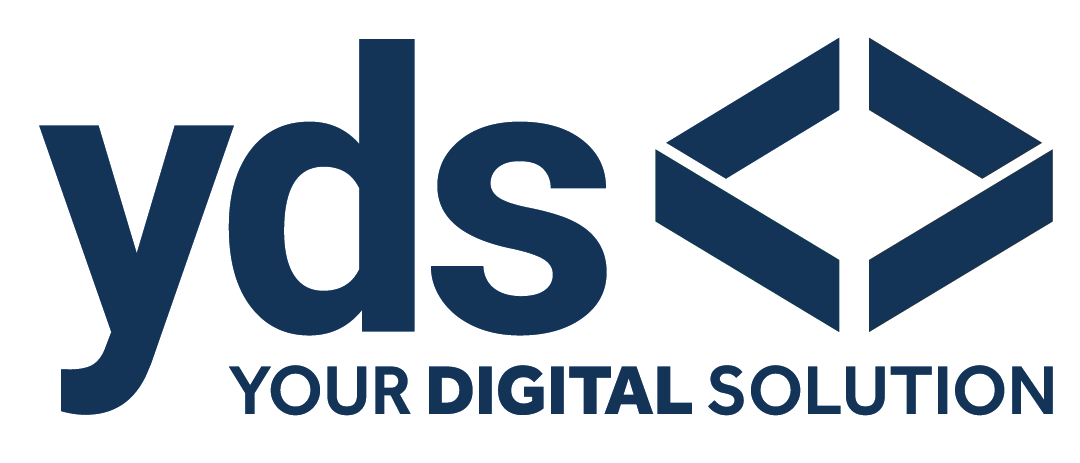Creating great content is just the first step. Getting that content in front of the right people is crucial for success. This is where content distribution comes into play. It involves sharing and promoting your content through various channels to ensure it reaches your target audience effectively.
Without a solid content distribution plan, even the most insightful articles or engaging videos can go unnoticed. It’s about choosing the right methods to get your message across and ensure it aligns with your audience’s preferences. By utilising smart distribution strategies, you can amplify your content’s reach and boost engagement.
Understanding how to navigate this process opens up new opportunities for growth and connection. By properly distributing your content, you make sure that your efforts are rewarded with the attention they deserve. It’s not just about publishing; it’s about being heard and making an impact.
Understanding Content Distribution
The Role of Content Distribution in Marketing
Content distribution is essential to marketing. It involves spreading your content so more people can see it and engage with it. Think of it as sharing your message far and wide. Successful distribution means reaching your target audience where they’re most active.
When done right, it increases brand awareness and drives traffic to your site. It can help nurture leads and convert them into customers. The key is ensuring that your content is accessible and appealing across different platforms. By tapping into the right networks, you expand your reach and maximise the impact of your marketing efforts.
Identifying Your Target Audience
Knowing your audience is very important for effective content distribution. Start by identifying who they are. Understand their interests, preferences, and where they hang out online. This insight guides you in choosing the best channels for sharing your content.
Create detailed audience personas. These are fictional profiles that represent different segments of your target market. Consider their age, location, hobbies, and challenges they face. Think about what type of content they enjoy and where they are most likely to engage with it. This helps tailor your approach, ensuring your message resonates with the right people.
Developing a Content Distribution Plan
Selecting Appropriate Channels for Content
Choosing the appropriate channels is a crucial step in content distribution. Not every platform will fit your content or audience. Evaluate where your audience spends their time and which channels suit your content format best. This might include social media sites, email newsletters, or industry forums.
Consider using a mix of platforms to broaden your reach. For example, use Instagram for visual content, LinkedIn for professional insights, and Twitter for quick updates. This variety ensures your content can connect with different audience segments. Prioritise platforms that align with your goals and engage your audience effectively.
Scheduling and Timing for Maximum Impact
Timing also plays a significant role in content distribution. Consider when your audience is most active. This helps maximise visibility and interaction. For example, posting when people are likely checking their devices, like during lunch or in the evening, can increase engagement.
Create a content calendar to keep track of your publishing schedule. This ensures that your efforts remain consistent and organised. It also lets you plan around events or trends relevant to your industry. By scheduling strategically, you’re more likely to capture your audience’s attention, enhancing the effectiveness of your distribution plan.
Leveraging Social Media and Partnerships
Engaging Audiences through Social Media Platforms
Social media is a powerful tool for content distribution. It allows you to reach a wide audience quickly and interactively. Focus on engaging your audience by posting interesting and relevant content. Encourage discussions by asking questions and responding to comments promptly.
Different platforms serve different purposes. Use Instagram and TikTok for visually appealing content. Leverage Facebook and LinkedIn for more in-depth articles and discussions. Customise your content for each platform to increase engagement and effectiveness. Remember, engagement is a two-way street — it’s about building relationships as much as delivering content.
Collaborating with Influencers and Partners
Collaborations can significantly amplify your reach. Partnering with influencers who align with your brand can help introduce your content to new audiences. Influencers often have a loyal following that trusts their recommendations. This can increase your content’s credibility and reach.
When choosing influencers or partners, consider their audience, engagement rates, and values. Make sure they align with your brand’s message and goals. Successful collaborations create value for both parties. They can involve co-hosting events, writing guest posts, or launching joint campaigns.
Measuring Success and Adapting Strategies
Key Metrics to Track Content Performance
To understand how your content is doing, pay attention to the right metrics. These include reach, engagement, and conversion rates. Reach shows how many people see your content, while engagement measures interactions, like comments and shares. Conversion rates tell you how many viewers took the desired action, such as signing up for a newsletter.
Use tools like Google Analytics and social media insights to track these metrics. This data helps you evaluate the effectiveness of your distribution efforts. It can guide you in refining your strategies for better results. Knowing what’s working allows you to repeat successful tactics and adjust less effective ones.
Adapting and Optimising Based on Feedback
Feedback is crucial for improving your content distribution strategy. It can come from analytics, customer comments, or internal reviews. Use this feedback to adapt your approach and optimise the performance of your content.
For example, if certain posts perform well, try to emulate their style or topic more often. If something isn’t resonating, don’t hesitate to make changes. Flexibility in your strategy is key to adapting to changes in audience preferences and market trends. Continuous improvement should be at the heart of your approach.
Conclusion
Effectively distributing your content requires careful planning and execution. By understanding both your audience and the platforms you’re utilising, you’re more likely to succeed. From selecting the right channels to scheduling posts for optimal times, each step moves you closer to reaching your goals.
Monitoring your progress and being open to feedback strengthens your strategy further. As you adapt and refine your approach, your content becomes more impactful. Embrace the dynamic nature of content distribution as you work towards greater engagement and results.
Let Your Digital Solution help you craft a powerful content distribution plan. Our expertise in digital marketing ensures your content doesn’t just reach your audience but connects with them meaningfully. Contact us today to learn how we can elevate your content strategy and achieve your business objectives.


